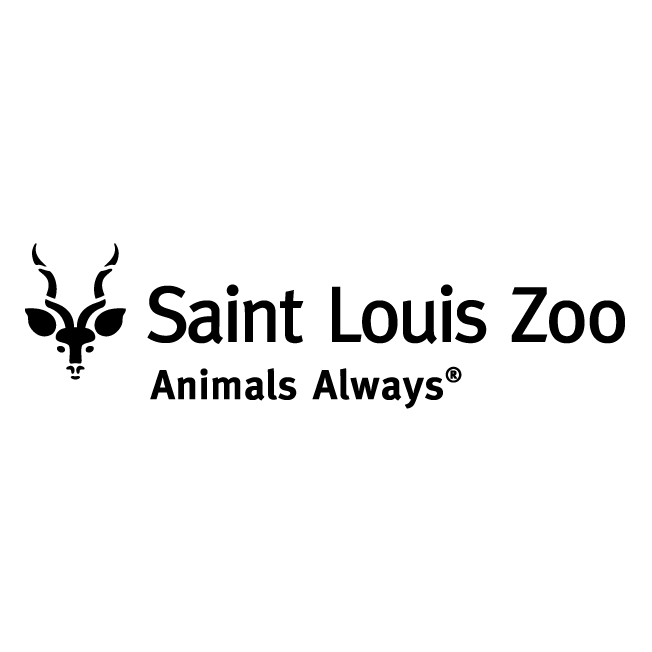
The graduate program in Ecology & Evolutionary Biology explores the ecological and evolutionary processes that create and maintain biodiversity. The program combines field studies with biogeographic, computational, molecular, statistical, and theoretical approaches to gain an understanding of the ecology, evolution, and conservation of populations, communities, and ecosystems. Students’ research opportunities are enriched by the University’s partnerships with local institutions. Tyson Research Center, the environmental field station of Washington University in St. Louis, provides opportunities for field studies in local aquatic and terrestrial ecosystems. The Missouri Botanical Garden conducts systematic studies of plant diversity worldwide. The Saint Louis Zoo facilitates studies of the conservation biology of animals. Our faculty and students also conduct studies on a global scale at field sites in Africa, Asia, and South America.
Research in the program cuts across scales of biological organization, from genes to ecosystems. Study systems include model organisms such as Arabidopsis, Dictyostelium and Drosophila, agricultural species, human populations, and various natural plant and animal populations and communities spanning temperate and tropical ecosystems.
Students in the Ecology & Evolutionary Biology (EEB) program will typically take five (5) to six (6) courses during their first year. Students will also participate in two to three laboratory rotations over the fall and spring semesters of Year 1 prior to selecting a thesis lab. Students are expected to complete the following coursework during their entire graduate education:
DBBS required courses
Graduate Research Fundamentals
Ethics and Research Science – typically taken in Year 2
Program required courses
Students must take at least one (1) course from each program course group
Group 1 courses:
Community Ecology
Disease Ecology
Group 2 courses:
Practical Bioinformatics
Macroevolution
Population Genetics
Molecular Evolution
Behavioral Ecology
Group 3 courses:
Group 1 courses
Group 2 courses
Genomics
Advanced Genetics
Other relevant courses – subject to approval by the EEB Program Director(s)
Four (4) semesters of Population Biology Seminar
Qualifying exam
In the spring/summer semesters of Year 2, students must pass a Qualifying Exam (QE). Following a successful QE defense, students will identify and finalize their committee and complete their thesis proposal by December 31 of Year 3.
Thesis committee, proposal and defense
In the summer and/or fall semesters of Year 2 after rotations are completed, students will select a thesis advisor and begin working in their thesis labs. Students will then select a thesis committee and complete their thesis proposal. Students will complete their thesis research, defense, and graduation over the rest of their graduate career. Most students graduate within five (5) to six (6) years of beginning their program.
Our students’ research opportunities are enriched by the University’s partnerships with local institutions:

The Tyson Research Center is the environmental field research space for Washington University in St. Louis. Students are able to engage in field studies in a variety of local, natural ecosystems.

The Missouri Botanical Garden is among the jewels of St. Louis and a conservation and sustainability innovation space. EEPB students are able to work within the gardens and behind the scenes in the greenhouses and natural preserves to conduct systematic studies of plant diversity worldwide.

The Saint Louis Zoo has been consistently rated among the top free attractions in the United States. Located within Forest Park, the Saint Louis Zoo provides EEPB students with priceless opportunities to engage in and facilitate studies of the conservation biology of exotic large animals and local wildlife.
Our faculty and students also conduct studies on a global scale at field sites in Africa, Asia, and South America.

EEB graduates pursue a variety of careers. Most program graduates go into academia, but many find paths in government, industry, and other fields, like environmental law, conservation, or science communication.
Graduate Program Administrator:
Brandy Liddell
Faculty Director:
Jonathan Myers, PhD
